Only time will tell if Mel Gibson has spent enough time in Hollywood’s time-out corner, but if early reviews of his directorial comeback effort Hacksaw Ridge are to be believed, it appears he may have. Transgressions may be forgiven (if not forgotten) in Hollywood if a director or actor can put asses in seats, and despite what a person may think of the man, Gibson has demonstrated an uncanny ability to do just that. Before his very public fall from grace about a decade ago, the Aussie tough guy with a 1000-watt smile proved time and again that he was as formidable a presence behind the camera as he was in front of it. Although his acting efforts were hit and miss at times, two Oscars from Braveheart along with the pile of money he made from that and The Passion of the Christ gave Gibson a lot of clout amongst studios and investors. Hacksaw Ridge is almost certainly the product of this enduring influence, and also the impetus for today’s ranking of military observers and medics in film.
It takes a pretty serious set of balls to wade into the middle of a war, yet even this courage seems dwarfed by people doing so without the comfort of a weapon to protect themselves. Hacksaw Ridge tells the story of one such non-combatant, and today’s list celebrates the most notable medics and observers that military films have offered over the years. These are the characters that braved the bullets to be at the front, alongside active combatants to help either with their observations, or their life-saving actions. The deeper in the shit the character was, the better for their ranking below, yet this wasn’t the only factor; how helpful that medic or observer was, both in the long and short-term, also played into the decision. And finally, although some of those listed below did take up arms in brief moments of frantic self-defense, the more passive and non-violent they were, the better for their position in today’s discussion. So, with all of that out of the way, we begin with…
10. Ty Burrell as Medic Wilkinson from Black Hawk Down (2001)
What? You didn’t know Ty Burrell, aka Phil Dunphy of Modern Family fame, was in Black Hawk Down? Meh, that’s cool: all kinds of people were in it that you probably missed in case you happened to blink. Burrell, Tom Hardy, Orlando Bloom, Jeremy Piven, and Nikolaj Coster-Waldau all appeared in supporting roles in the visceral retelling of the U.S. Army’s clusterfuck operation in Mogadishu, Somalia on October 3rd and 4th, 1993. The movie followed the efforts of Task Force Ranger to secure hostile enemy leaders allied with the bull-moose bad guy in the region. The operation to capture these enemy lieutenants led to the downing of two American helicopters, however, which in turn led to a bloody firefight that pinned down would-be rescuers by thousands of agitated Somalis. Black Hawk Down cycled through several different A, B, and C-plots to celebrate the heroics of the 160 or so American soldiers tasked with the day’s work. One of these soldiers was a medic dropped in to help one of the wounded helicopter crews, Wilkinson (Burrell), who joked with the soldiers that he would hook them up with a margarita I.V. if they so desired. It wasn’t much of a scene, but it did showcase that particular medic’s sense of humor and bravery in the face of a hellish in-progress battle, so for that, he got the opening nod today.
9. Greg Travis as Net Correspondent from Starship Troopers (1997)
Another example of a brief yet memorable appearance, the Net Correspondent (Greg Travis) in Starship Troopers didn’t fire a shot, and might have only effected the events by televising just how intensely fucked up things were going for humanity. But boy howdy, did this guy leave a mark (and not just physically by way of getting smeared all over the canyon where he died)! The newsman was with the first wave of human invaders in their assault on the “Bug” home world when everything went to shit. Apparently, in the future, mankind will have mastered interplanetary travel, yet will not have come around to the notion that 20th century bullet technology is far from the best ordinance for killing multisystem creatures the size of a small bus. True to his position as a journalist, not a soldier, the Net Correspondent at the beginning (and again when the flashback catches up to real-time in the middle) was in the heart of the battle to observe, not participate. The guy was in the thick of things, and definitely got some great footage, yet he was (literally) ripped in half as a result. A damn fine observer who fell in the line of duty, this guy would have inched a little higher in the ranking if Starship Troopers had bothered to give him a little more screen-time…or a name.
8. James Lancaster as Lt. Col. Arthur Freemantle from Gettysburg (1993)
This one is actually kind of cool. Lt. Col. Arthur Freemantle (James Lancaster) was a real-life historical figure who just up and decided to go to the U.S. during the latter portion of its Civil War for no other reason than simple curiosity. British, and a professional soldier by trade, Freemantle asked and received permission to take a sabbatical so that he might tour portions of the Confederacy and Union during hostilities. By the time he made his way to Gettysburg, PA Freemantle had fallen in with Confederate General James Longstreet, General Robert E. Lee’s chief lieutenant. During the three-day battle in Pennsylvania, perhaps the most decisive trio of days in American history, Freemantle had a front-row seat to the action on the Confederate side: an amazing turn of events that the film Gettysburg worked into its script. A non-combatant who was there strictly to observe, Freemantle (inaccurately dressed in his red uniform in the movie) got a good look at the terrible might of the Union, as well as the gallant, albeit ill-conceived, spirit of the Confederacy. After his tour of both the north and south, Freemantle returned to England and later wrote a memoir detailing his journey from Texas to New York during the Civil War. History has rarely afforded future generations as intimate a look at a decisive battle like Gettysburg with a primary source as well-placed as Freemantle. Although it only partially comes off as such in Gettysburg the film, the fact that the filmmakers included him goes a long way in affirming his lasting importance. For that, he snuck in at #8, just behind…
7. The Monks in Braveheart (1995)
Just a couple quick words about these guys, because they were only in the film for a handful of seconds, and never got any backstory outside of what was seen onscreen. Braveheart might not have done a lot to advance the cause of historical representations in film (medieval European scholars are still apoplectic about the kilts in this picture), yet it did get one thing right: the battlefield carnage. A more learned person than your humble author might even quibble with the battlefield tactics portrayed in Braveheart, yet even they would likely admit that the sheer carnage on display in the movie’s infantry and cavalry clashes captured the true spirit of the era. Fighting exclusively with arrows and edged weapons was a nasty affair, and the aftermath of such an engagement would not have been a pretty sight to behold. Never one to shy away from cinematic brutality, actor/director Mel Gibson really leaned into the battle scenes of Stirling and Falkrik, and provided all the decapitations, limb removals, and old-fashioned stabbing/slashing a person could reasonably expect. Near the end of the Battle of Stirling, Gibson provided a few shots of monks carrying victims off the field: a noble task to be sure. This was at a time when a few soldiers were still scrapping, so it wasn’t a small feat by any means to get into the middle of the fray to administer first aid! Sure, it was only a few seconds of coverage, but the fact that Gibson included these shots rounded out the cinematic reality of the moment a bit, and gave way to a very practical consideration: after that much carnage, SOMEONE would have had to clean up! Respect.
6. Alexander Niver as Gould from Saints and Soldiers (2003)
A somewhat cliché and hackneyed war film, sure: yet Saints and Soldiers still managed to overcome the sometimes-oppressive religious subtext woven into it to offer a decent movie. The film told the story of a small squad of American troops caught behind the lines during WWII’s Battle of the Bulge. The group of G.I.’s, which included a medic named Gould (Alexander Niver), ran into a British pilot with some valuable recon intel., which forced the squad to move towards friendly lines rather than just stay put and wait for reinforcements. This put the group into contact with Germans in the area, and despite the obvious necessity of deadly force, arguments arose among the soldiers about whether they actually HAD to kill the unfriendlies they came across. Surprisingly, Gould was one of the most outspoken advocates for a kill-first-ask-questions-later policy, yet the deeply Mormon Corporal “Deacon” Greer lobbied for mercy wherever possible. As the film progressed, a cat and mouse game of hide and seek played out between the Axis and Allied forces, which saw several members of the friendly squad killed, Deacon included. This seemed to be enough to turn the staunchly atheist Gould around, and back to God, yet as a medic, he didn’t turn as big of a corner. His skills in this regard were rarely put to the test, yet to be fair, he did survive the ordeal, and for a medic during the Battle of the Bulge, that was a hell of an accomplishment. If only for that, he snagged the #6 spot today.
5. Barry Pepper as Joe Galloway from We Were Soldiers (2002)
“I’m a non-combatant!”
“Ain’t no such thing today.”
We Were Soldiers wasn’t directed by Gibson, but it sure as hell had him front and center, and sported many of the man’s cinematic hallmarks. Directed by Braveheart scribe Randall Wallace, We Were Soldiers had much of the same visceral, bloody, cutting action that his and Gibson’s Scottish epic became notorious for, yet in a Vietnam setting that allowed for more explosions. It told the story of the U.S. Army’s first big clash with N.V.A. forces in the La Drang Valley in 1965, with Gibson playing real-life bad-ass Lt. Col. Hal Moore. During Moore and his 7th Cavalry’s fight in the valley, reporter Joe Galloway (Barry Pepper) did his best to take pictures and make sense of it all. As the movie endeavored to demonstrate, the La Drang Valley at this time was not the most inviting place for human beings, especially ones without a helmet and assault rifle. Soldiers on both sides of the engagement dropped like flies in an unholy orgy of machine gun fire, artillery rounds, and napalm, yet Joe hung in there to the point that a camera of his was actually shot out of his hands. During one of the battle’s tipping points, Galloway even picked up a rifle to defend himself as the command post area he occupied got overrun by enemy forces. It was for this reason that Galloway slipped so far to #5 in today’s ranking, for he did, even if only for a brief moment, take up arms in a hostile environment. It was a short-lived diversion, however, for Galloway realized after this close call that he was serving the soldiers around him better as a reporter than a soldier. An even-keeled observer with balls the size of tractor tires, Galloway nearly edged out this next character, who was (somehow) in an environment even more terrifying…
4. Paul Bettany as Dr. Stephen Maturin from Master and Commander (2003)
Another observer who was reluctantly pulled into the shit, Dr. Maturin (Paul Bettany) from Master and Commander could similarly boast that he had done more healing than harm. The ship surgeon of the HMS Surprise, Maturin served under brash, stubborn, daring, and brilliant Captain Aubrey (Russell Crowe). Knee-deep in the Napoleonic Wars of the early 19th century, loyal Captain Aubrey cruised around South America, looking for French prizes. The rub was that the French were likewise on the hunt for English vessels just like Aubrey’s, and depending on who got the drop on whom, things could devolve for one side quickly. For Maturin, this meant busy days and nights in his cramped surgery cabin, where sand had to be thrown down to soak up the blood pooling up at the good doctor’s feet. His only help in this nightmarish aquatic drama was a shaky assistant who knew about as much about medicine as one of the salty deckhands above, which is why when Maturin went and got himself shot by accident, it was Maturin who had to do the surgery. Yeah, you heard that right: the guy cut into his own gut to dig a bullet out of there. The fact that this dude was able to save anyone, let alone himself, on a floating collection of germ-soaked planks, ropes, and weathered sails was a miracle. The only thing that kept him from inching higher on the list was the fact that he went to his sword when the fighting got hot, which was something of a betrayal of his profession. Bad-ass though he may have been, Dr. Maturin fell in behind this next character, who was admittedly more committed to the non-combatant ethos of his station…
3. Giovanni Ribisi as T-4 Medic Wade from Saving Private Ryan (1998)
The emotional core of his small squad, T-4 Medic Wade (Giovanni Ribisi) was as valued amongst his comrades as anyone with a rifle or revolver. In Saving Private Ryan, Wade and his Ranger unit landed on Omaha Beach on June 6th, 1944, got shot all to hell, then drew a short-straw assignment to find and secure a friendly paratrooper behind enemy lines. As scared of dying as anyone else, Wade nevertheless put himself into the shit on numerous occasions in the performance of his duties, whether it was assisting with surgery on Omaha Beach, or fighting against the restraining pull of his sergeant to get to a fallen comrade. Wade’s insistence on being up front, alongside the men he hoped to patch up if needed ultimately led to his death when a German machine gun nest put a slug through his liver. Cursed with the knowledge that his wound was indeed serious, Wade could only beg his brothers in arms to put him out of his misery via an extra couple shots of morphine. It was a tough scene to watch, and proved that everyone, even the bravest, trembles in the face of death. Yet as tough a day as Wade had in Normandy, and as nerve-wracking as his long walk through the French countryside was, it couldn’t hope to compare to the weeks of sustained hell that the next Navy Corpsman endured on a volcanic wasteland called Iwo Jima…
2. Ryan Philippe as Corpsman John Bradley from Flags of Our Fathers (2006)
Clint Eastwood’s two-part exploration of the Battle of Iwo Jima succeeded in humanizing both sides of the battle: a rare thing for any war flick. Indeed, while Letters From Iwo Jima showed how scared yet determined the Japanese defenders were, Flags of Our Fathers was no less successful in its thoughtful portrayal of the American troops ordered to take the island. The latter picture focused on not just the battle, however, but also the emotional toll it took on those who fought it, with a special focus on the men celebrated for Iwo Jima’s iconic flag-raising photograph. Corpsman John Bradley (Ryan Philippe) was one of these soldiers, and Flags of Our Fathers did a damn fine job fleshing out the psychological toll a label like “hero” can have on any surviving soldier humbled or embarrassed by such a distinction. For Bradley’s own part, although the real-life soldier may have indeed felt this way, his actions during the Battle of Iwo Jima never warranted such shame. As the movie showed, Bradley courageously charged into some of the most brutal fighting the world has ever known to help save lives, and was wounded and taken off the line only after weeks of savage, desperate, merciless action. As brave as anyone listed today, Bradley just barely missed out on the #1 spot, held down by a doctor who has become synonymous with compassion in the face of cruelty…
1. Donald Sutherland as Benjamin “Hawkeye” Pierce from M*A*S*H (1970)
If going on nothing but volume, Benjamin “Hawkeye” Pierce (Donald Sutherland) from M*A*S*H had everyone on today’s ranking licked. A front-line surgeon who (literally) held the lives of hundreds in his hands, Hawkeye pulled long shifts that would make most people collapse, yet never lost sight of his duty to snatch as many soldiers back from the brink as possible. A scamp and rapscallion, to be sure, Hawkeye seemed to understand that humor and levity were crucial components to his survival. To absorb the grotesque and macabre particulars of his universe would have been his undoing, thus the man endeavored to keep things light when not elbow-deep in some poor trooper’s guts. This meant pranks, sex, drinking, altruistic errands, and golf in between daylong surgery sessions. Although the television version of Robert Altman’s film delved deeper into Hawkeye’s staunchly pacifist outlook, the film did a fine job laying the groundwork for a man in uniform who held life, not death, above all else. Both the movie and the T.V. show succeeded in creating a timeless character whose archetype still endures. A peaceful man caught in the middle of a war who wanted nothing more than to be somewhere else: he did his job, and did it well. Countless lives endured as a result, and for that, the character slid in at #1 today.




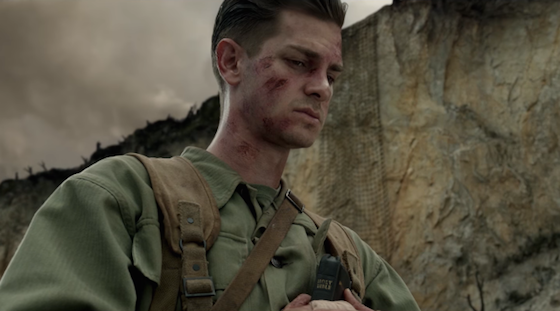
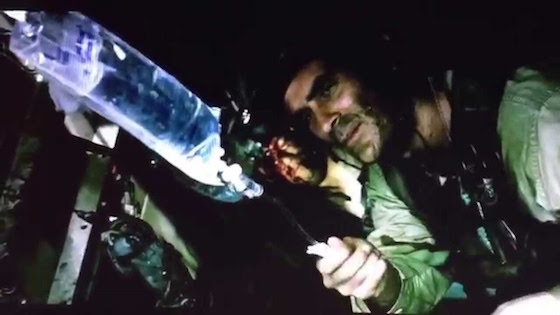
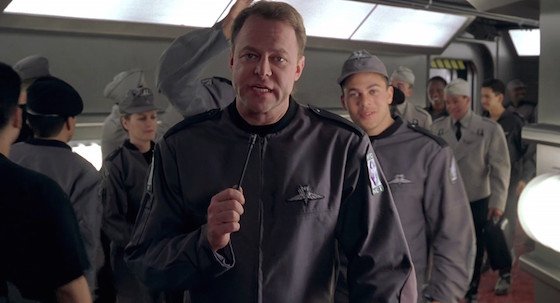
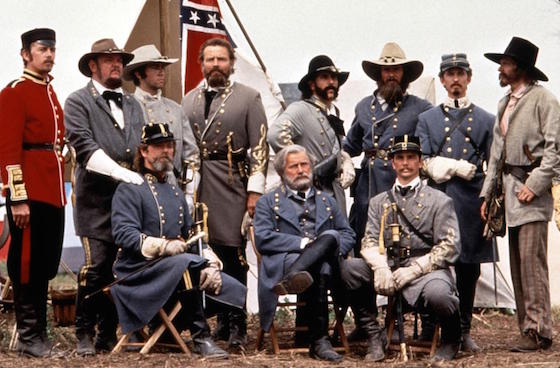
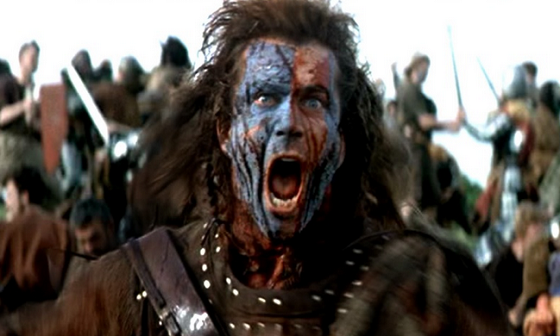


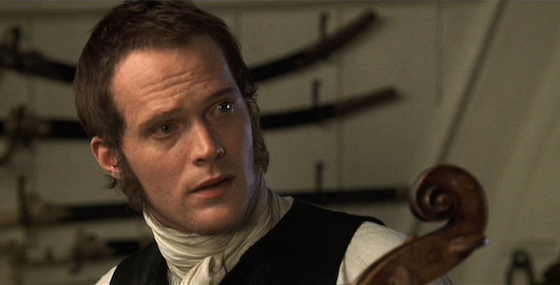
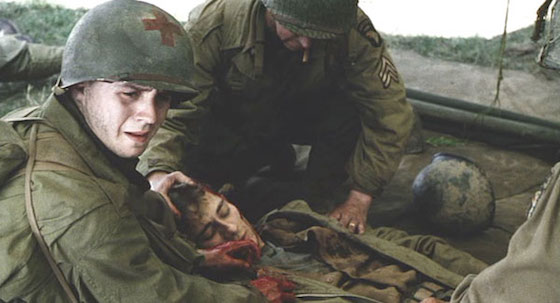
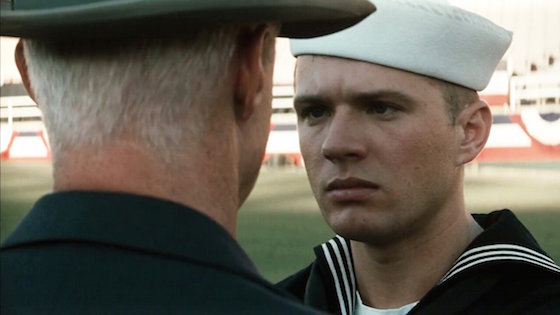
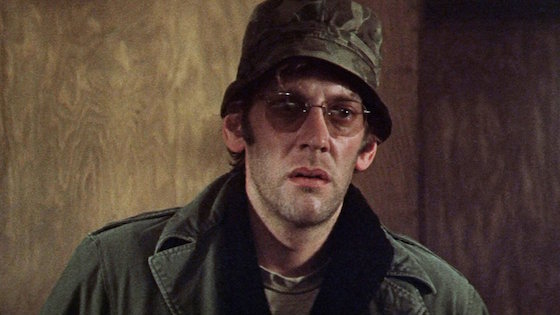

Comments on this entry are closed.